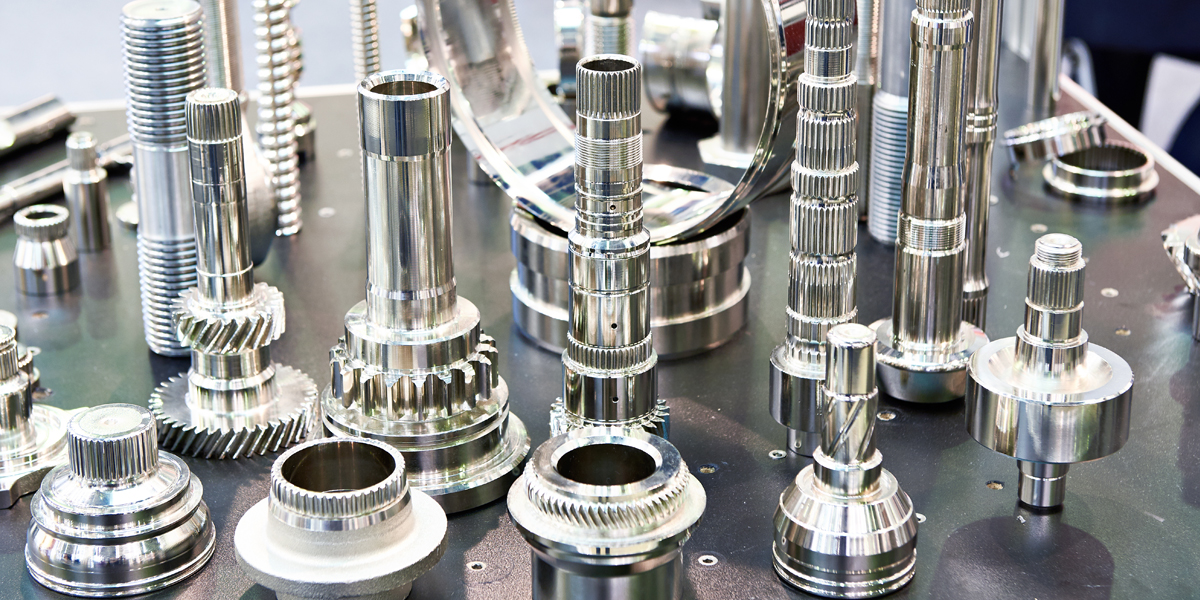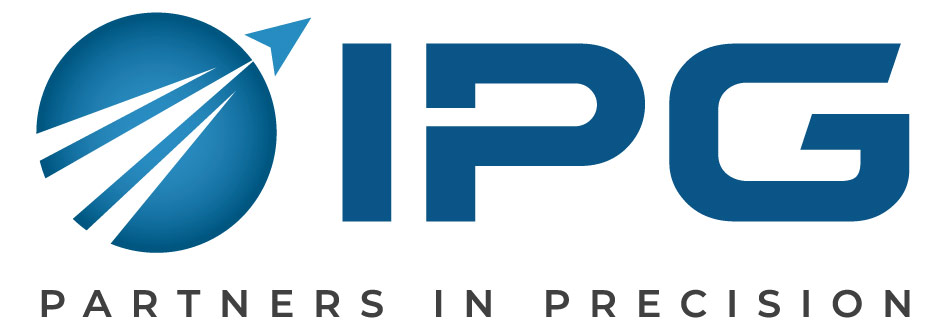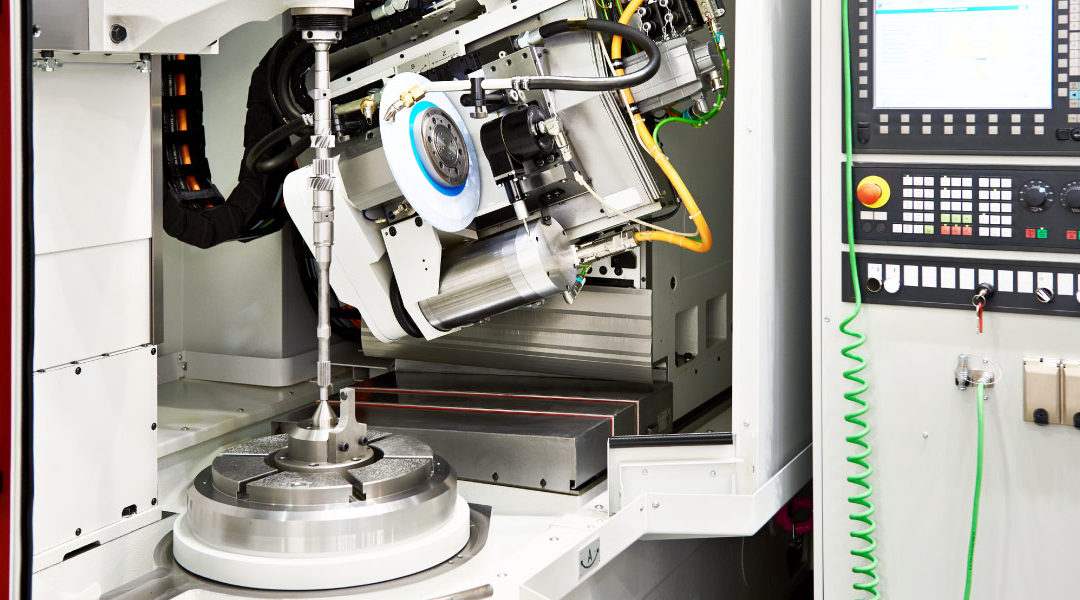Precision grinding is a demanding process that requires a thorough understanding and technical expertise from its operators. Grinding is an essential step in aerospace manufacturing as it is required to get the absolute best performance from parts. Grinding wheels are housed within grinding machines, but did you know there are two genres of grinding machines: traditional horizontal grinders and Japanese-inspired vertical grinders? Let’s talk about vertical grinding work and its place in a productive grinding house. Here’s the rundown:
Will Your Project Require Precision Grinding? Learn More
What is Vertical Grinding?
Vertical grinding takes everything we know about standard grinding and turns it on its side. Literally. Instead of the workpiece being held on one side of the machine and the grinding wheel moving along the X-axis (horizontally) to grind the part, the piece is secured to the bottom and the wheel moves vertically along the Z-axis on top of the piece.
“But what if my part has a bevel that needs to be ground, too?” I hear you ask. Vertical grinding machines are equipped for this demand through A axis rotation, which means the grinding wheel can rotate, reaching difficult-to-reach places like the underside of a lip.
Why should you use it?
Vertical grinding brings with it a long list of benefits that can take your parts to the next level. Vertical grinding is a boon to both your shop and your products. Vertical grinders feature automatic tool changers, which allow more grinding wheels to be stored within the machine. This reduces setup time and eliminates the need to requalify the wheels. Depending on the shape and needs of the workpiece, vertical grinding is capable of performing three processes–ID, OD, and surface grinding–in one chucking. When more chuckings are needed, more errors are prone to happen. Combining operations means fewer setups, less part handling, shorter lead times, and lower labor costs. Combine that with the reduced setup time, and you have an optimized machine floor.

Vertical grinding can take your part to the next level.
Vertical grinding also opens the door to unlimited cylindrical grinding operations. Typical horizontal grinders only allow for one or two OD wheels and one ID wheel. This means if the job requires any grinding within the inner diameter, it must be done with one ID wheel. Vertical grinding allows for much more flexibility and efficiency: the wheels can now grind away as much stock as needed while finishing. By being more selective with the grinding wheel, manufacturers increase the life expectancy of the wheel. The amount of heat transferred to the workpiece is also reduced, decreasing the risk of burning the piece.
Speaking of maintaining part quality, vertical grinding allows for less distortion and better roundness. How? It all comes down to the clamping method. A horizontal grinder uses clamping to keep the workpiece from falling out of the chuck, which requires more force. A vertical grinder only requires enough clamping to prevent over-grinding. In other words, while horizontal grinding works against gravity, vertical grinders work with gravity to achieve better roundness while reducing the chance of error.
Vertical grinders are essentially horizontal grinders turned on their sides. Since traditional grinders are wide machines, turning them on their sides allows quality-driven shops to better budget their floor space, allowing reduced cost per square foot, increased efficiency, and optimal productivity. That’s why IPG is proud to house vertical grinders that provide the best finishes that aerospace parts demand optimal performance.


